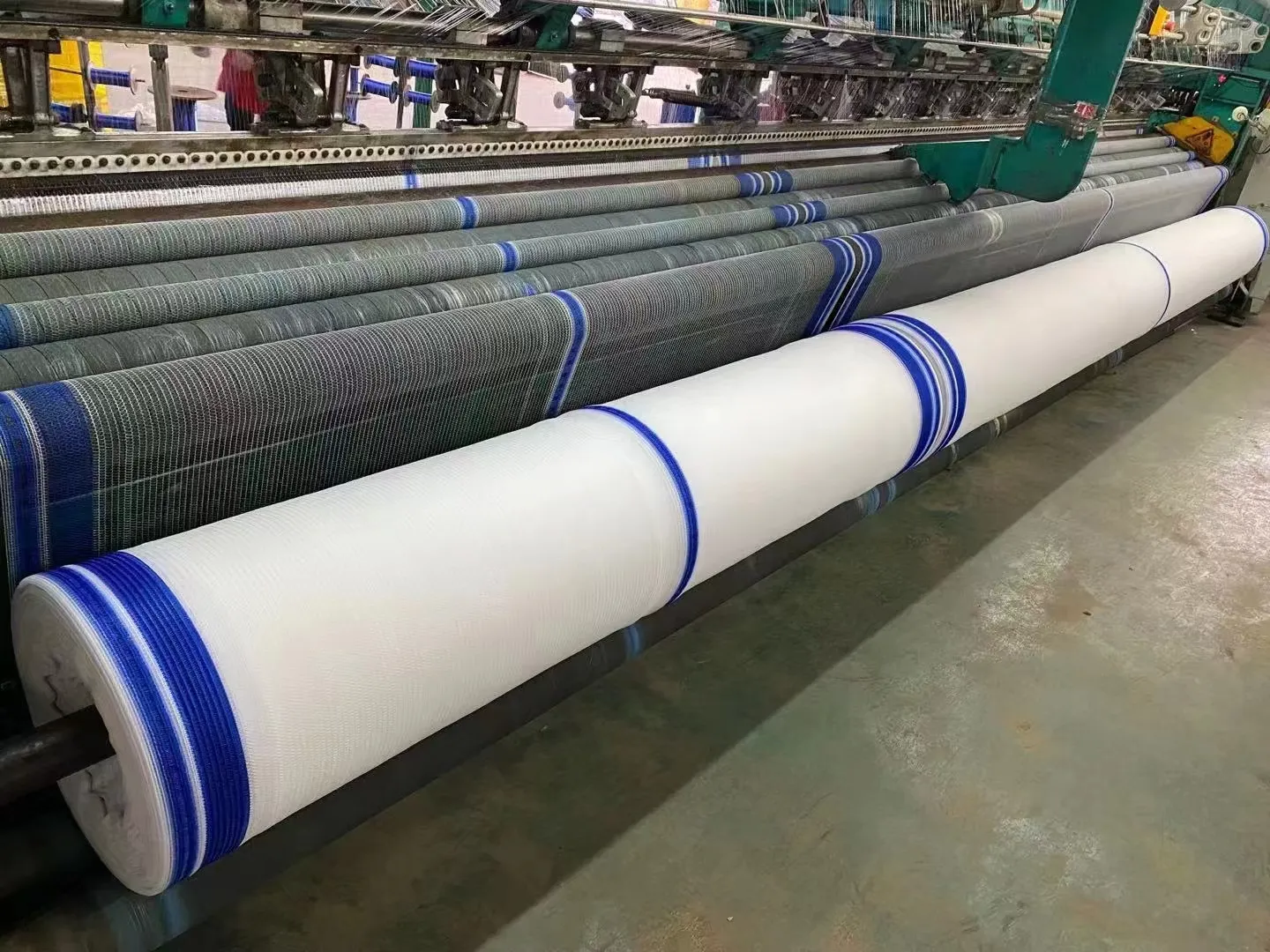-
 Afrikaans
Afrikaans -
 Albanian
Albanian -
 Amharic
Amharic -
 Arabic
Arabic -
 Armenian
Armenian -
 Azerbaijani
Azerbaijani -
 Basque
Basque -
 Belarusian
Belarusian -
 Bengali
Bengali -
 Bosnian
Bosnian -
 Bulgarian
Bulgarian -
 Catalan
Catalan -
 Cebuano
Cebuano -
 China
China -
 Corsican
Corsican -
 Croatian
Croatian -
 Czech
Czech -
 Danish
Danish -
 Dutch
Dutch -
 English
English -
 Esperanto
Esperanto -
 Estonian
Estonian -
 Finnish
Finnish -
 French
French -
 Frisian
Frisian -
 Galician
Galician -
 Georgian
Georgian -
 German
German -
 Greek
Greek -
 Gujarati
Gujarati -
 Haitian Creole
Haitian Creole -
 hausa
hausa -
 hawaiian
hawaiian -
 Hebrew
Hebrew -
 Hindi
Hindi -
 Miao
Miao -
 Hungarian
Hungarian -
 Icelandic
Icelandic -
 igbo
igbo -
 Indonesian
Indonesian -
 irish
irish -
 Italian
Italian -
 Japanese
Japanese -
 Javanese
Javanese -
 Kannada
Kannada -
 kazakh
kazakh -
 Khmer
Khmer -
 Rwandese
Rwandese -
 Korean
Korean -
 Kurdish
Kurdish -
 Kyrgyz
Kyrgyz -
 Lao
Lao -
 Latin
Latin -
 Latvian
Latvian -
 Lithuanian
Lithuanian -
 Luxembourgish
Luxembourgish -
 Macedonian
Macedonian -
 Malgashi
Malgashi -
 Malay
Malay -
 Malayalam
Malayalam -
 Maltese
Maltese -
 Maori
Maori -
 Marathi
Marathi -
 Mongolian
Mongolian -
 Myanmar
Myanmar -
 Nepali
Nepali -
 Norwegian
Norwegian -
 Norwegian
Norwegian -
 Occitan
Occitan -
 Pashto
Pashto -
 Persian
Persian -
 Polish
Polish -
 Portuguese
Portuguese -
 Punjabi
Punjabi -
 Romanian
Romanian -
 Russian
Russian -
 Samoan
Samoan -
 Scottish Gaelic
Scottish Gaelic -
 Serbian
Serbian -
 Sesotho
Sesotho -
 Shona
Shona -
 Sindhi
Sindhi -
 Sinhala
Sinhala -
 Slovak
Slovak -
 Slovenian
Slovenian -
 Somali
Somali -
 Spanish
Spanish -
 Sundanese
Sundanese -
 Swahili
Swahili -
 Swedish
Swedish -
 Tagalog
Tagalog -
 Tajik
Tajik -
 Tamil
Tamil -
 Tatar
Tatar -
 Telugu
Telugu -
 Thai
Thai -
 Turkish
Turkish -
 Turkmen
Turkmen -
 Ukrainian
Ukrainian -
 Urdu
Urdu -
 Uighur
Uighur -
 Uzbek
Uzbek -
 Vietnamese
Vietnamese -
 Welsh
Welsh -
 Bantu
Bantu -
 Yiddish
Yiddish -
 Yoruba
Yoruba -
 Zulu
Zulu
anti hail
The Impact of Hailstorms and Anti-Hail Prevention Technologies
Hailstorms are one of nature's most unpredictable phenomena, causing significant damage to crops, vehicles, and infrastructure annually. These severe weather events arise when strong storms develop in conditions conducive to the formation of ice pellets, which can range from pea-sized to golf ball-sized or even larger. The destructive potential of hail is a pressing concern for farmers and urban planners alike, prompting the exploration of anti-hail technologies aimed at mitigating their impact.
The Impact of Hailstorms and Anti-Hail Prevention Technologies
One of the most cutting-edge approaches in the fight against hail damage involves weather modification techniques. Cloud seeding has gained attention as a potential method for reducing hail formation. By dispersing substances like silver iodide into the atmosphere, scientists aim to manipulate the development of storm clouds, potentially decreasing the size and frequency of hailstones. While promising, cloud seeding remains a controversial topic due to environmental concerns and varying degrees of success.
anti hail

Moreover, advanced forecasting tools and technologies play a crucial role in anti-hail strategies. With the advent of satellite imagery and sophisticated weather models, meteorologists can predict hail occurrences with increasing accuracy. This allows farmers and local authorities to take preemptive measures, such as implementing emergency plans or utilizing protective structures before a storm hits.
In urban settings, anti-hail technologies are equally necessary. Vehicles parked outdoors can sustain a tremendous amount of damage from hail. Some cities have begun to explore the construction of covered parking areas or the use of protective coverings that can be deployed during severe weather events. Public awareness campaigns are also vital, educating citizens on the risks of hailstorms and the importance of seeking shelter when severe weather approaches.
In conclusion, hailstorms pose a significant threat to both agriculture and urban areas. As weather patterns become increasingly erratic due to climate change, developing effective anti-hail technologies is essential. From physical barriers to innovative weather modification techniques, these solutions not only protect crops and personal property but also provide a path towards resilience in the face of natural disasters. Addressing the challenges posed by hailstorms will require a collaborative effort from scientists, policymakers, and the community to safeguard our livelihoods and infrastructure.
-
Shipping Plastic Bags for Every NeedNewsJul.24,2025
-
Safety Netting: Your Shield in ConstructionNewsJul.24,2025
-
Plastic Mesh Netting for Everyday UseNewsJul.24,2025
-
Nylon Netting for Every UseNewsJul.24,2025
-
Mesh Breeder Box for Fish TanksNewsJul.24,2025
-
Expanded Steel Mesh Offers Durable VersatilityNewsJul.24,2025











